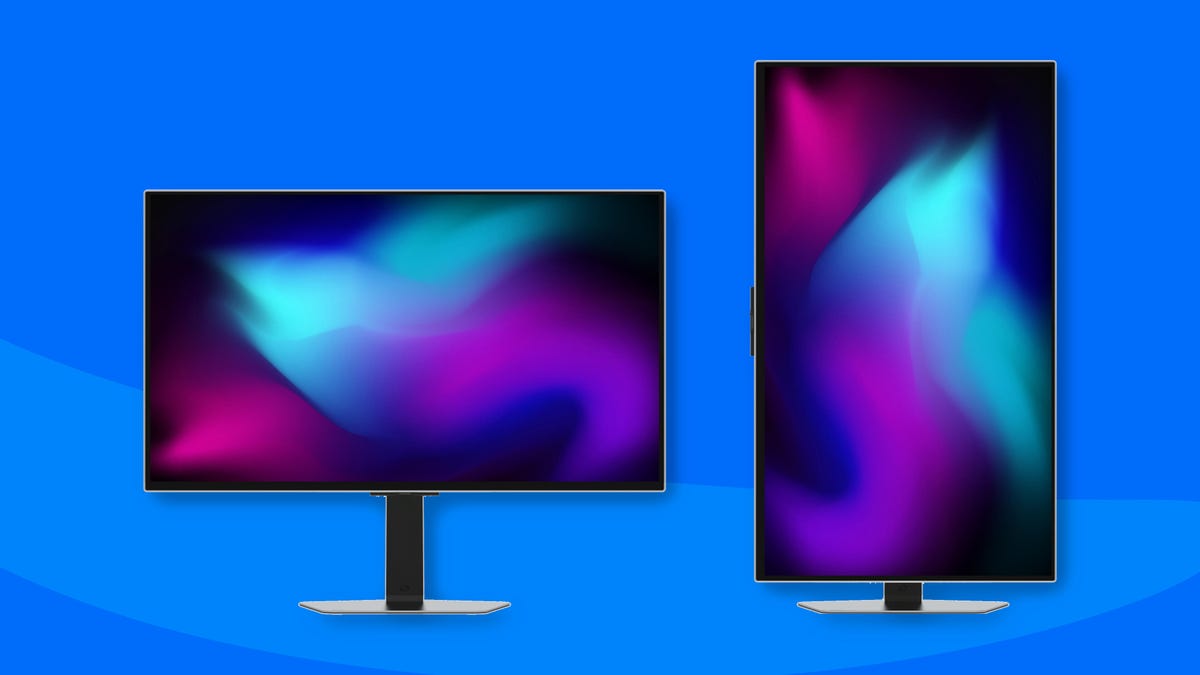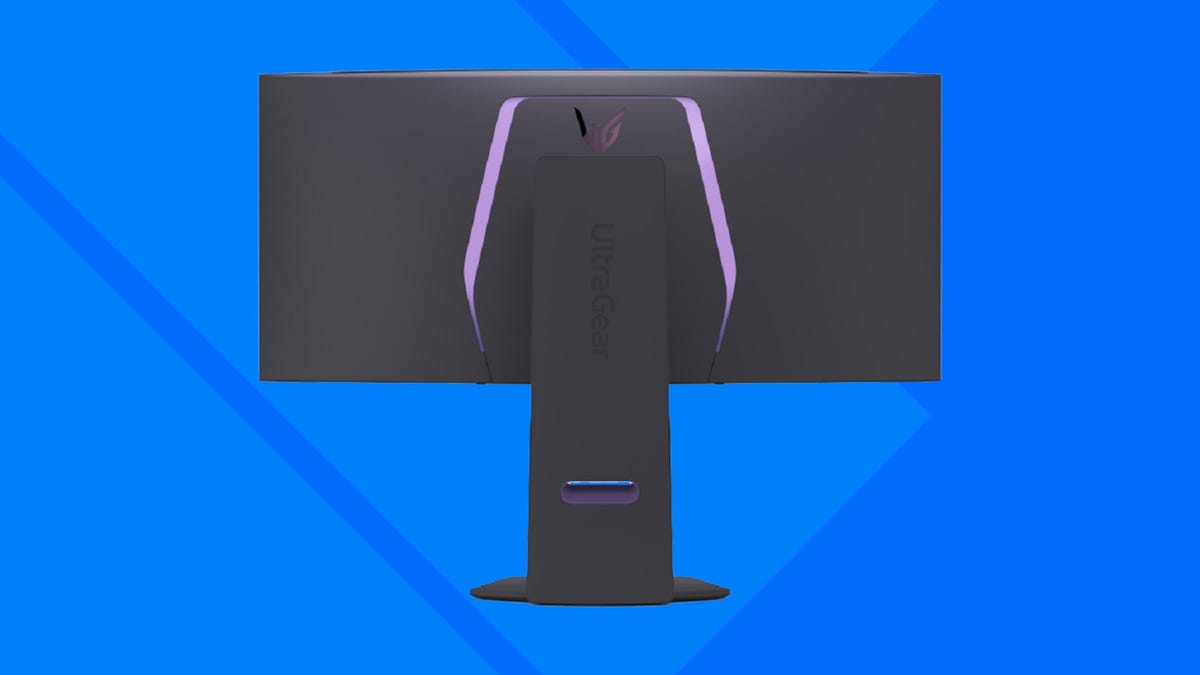In mid-December, Samsung announced production of two QD-OLED panels targeted at gamers at new sizes and with higher refresh rates — a 32-inch 4K 240Hz screen and a 27-inch 1440p 360Hz screen. And where new screens go, new monitors are sure to follow, starting with the pre-CES launches of Samsung’s 32-inch G8 (G80SD) and new 27-inch G6 (G60SD), along with a refresh of the 49-inch Odyssey OLED G9 (G95SD) that incorporates a 5,120×1,440 240Hz panel. The two smaller models are flat, not curved.
LG also announced competing UltraGear OLED displays in mid-December; they don’t use the Samsung panels, but also now offer higher refresh rates, and are led by the dual-refresh 32-inch UltraGear 32 OLED, which does 4K at 240Hz and 1080p at 480Hz.
We don’t have any pricing or availability beyond “2024.”
All Samsung OLED/QD-OLED panels offer pixel refresh rates of about 0.03ms — that means you should care more about its absence in specs for a particular monitor rather than its breathless emphasis in marketing materials — and all three of the new Samsung monitors meet VESA DisplayHDR True Black 400 requirements, support FreeSync Pro and have matte (antiglare) finishes. Both the G8 and G6 have stands that let you tilt, swivel, pivot, and raise or lower the screen.

OLED screens have typically been glossy, which makes them look really nice (especially in retail stores), but using them in a lot of lighting can be frustrating because of reflections. I expect — and welcome — an increase in matte OLED/QD-OLED screens this year.
Samsung’s Odyssey OLED G6 (G60SD) is new to the line; companies hope 360Hz, 27-inch, 1440p models like it will attract esportsters — gamers who might have been leery of OLED/QD-OLED thanks to its 144Hz maximum refresh rate (among other things) and who’ve been limited to technologies with lesser image quality, lower 1080p resolution and/or smaller 25-inch monitors.

Dual refresh technology isn’t brand new — Razer incorporated it into one of its Blade 16 laptop screens last year — but it’s still pretty rare. LG brings it to its flat UltraGear OLED 32 (32GS95UE), along with the company’s Pixel Sound behind-the-screen speaker technology (with support for DTS Virtual:X). It also incorporates the new-ish rear and stand design, which looks like an improvement over last year’s oversized, clunky version, though the tradeoff might have been the easily accessible ports (it’s unclear). LG’s antiglare coating isn’t universally loved, and they still use DisplayPort 1.4.
The UltraGear OLED 34 (34GS95QE) and 39 (39GS95QE) are both curved and update to 240Hz refresh, but they still have 3,440×1,440 resolution (meh). All of LG’s OLED monitors meet DisplayHDR True Black 400, FreeSync Premium Pro and G-Sync Compatible requirements.
